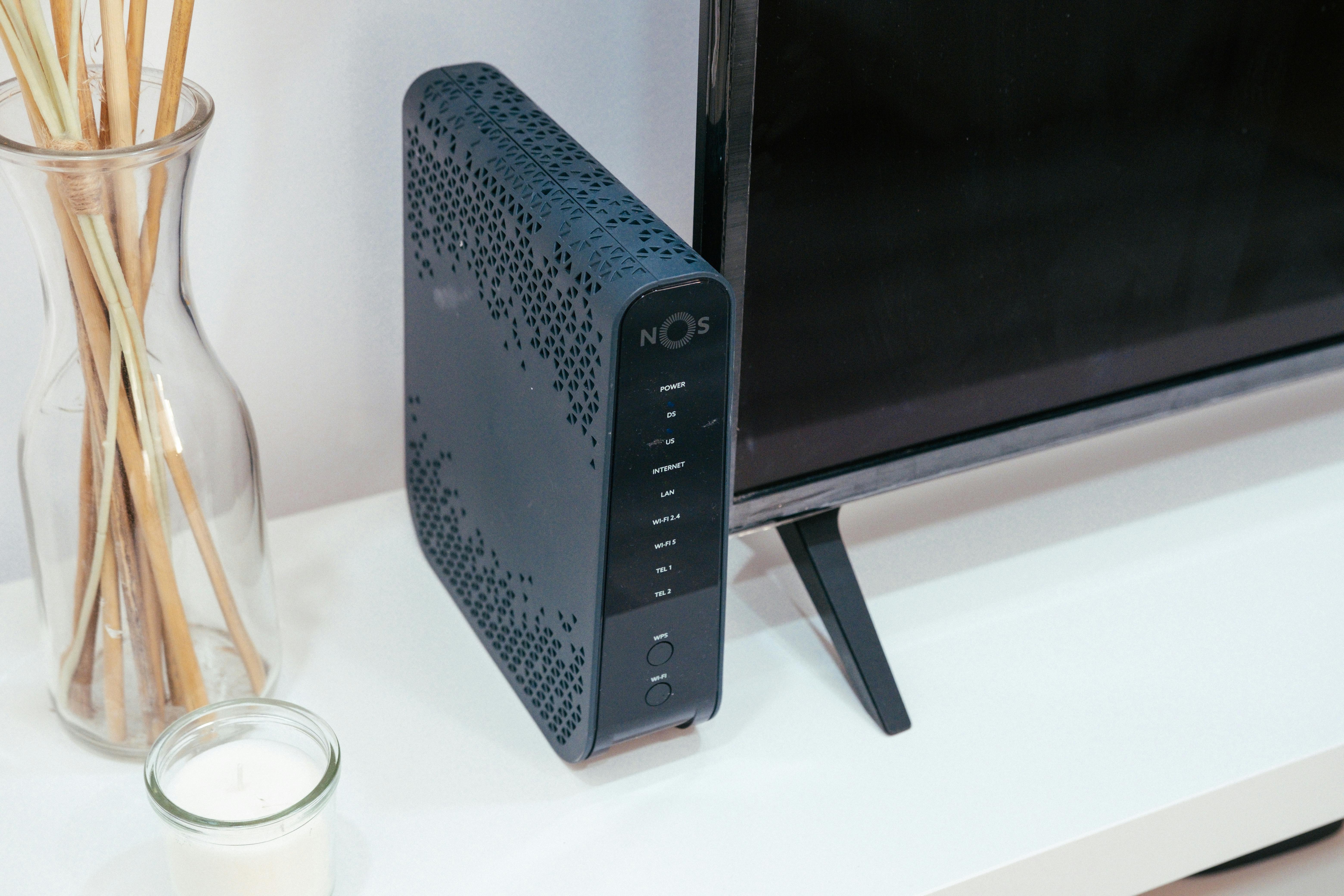By being mindful of these common household items and their potential to disrupt your Wi-Fi signal, you can make simple adjustments to improve your internet connection. A well-placed router can make all the difference in maintaining a strong and reliable Wi-Fi signal throughout your home.

In today's connected world, having a strong and reliable Wi-Fi signal is essential. However, many common household items can interfere with your router's signal, leading to frustratingly slow internet speeds and dead zones. By strategically placing your router and avoiding these 10 common items, you can significantly improve your Wi-Fi performance.
Metal can reflect and absorb the Wi-Fi signal, weakening it. Common metal objects like filing cabinets, metal shelves, and even metal doors can interfere with your signal. Keep your router away from these items to maintain a strong connection.
Mirrors can also reflect the Wi-Fi signal, causing interference. The larger the mirror, the greater the disruption. Place your router in a location where it won't be directly facing or near large mirrors.
Microwave ovens operate on the same frequency as many Wi-Fi networks (2.4 GHz), which can cause significant interference. Ensure your router is placed far from your kitchen or any other areas where a microwave is used frequently.
Similar to microwaves, refrigerators contain a lot of metal and can disrupt the Wi-Fi signal. Keep your router away from large kitchen appliances to avoid signal degradation.
Cordless phones, especially older models, can interfere with your Wi-Fi signal. Opt for DECT 6.0 cordless phones, which use a different frequency, or place your router far from any cordless phone bases.
Bluetooth devices, such as speakers and headphones, operate on the 2.4 GHz frequency and can interfere with your Wi-Fi. Keep your router and Bluetooth devices separate to minimize interference.
Water can absorb Wi-Fi signals, so placing your router near an aquarium can weaken your connection. Ensure your router is positioned away from any large bodies of water.
Many baby monitors use the same frequency as Wi-Fi networks, causing interference. If you have a baby monitor, place your router as far from it as possible.
Dense materials like concrete, brick, and stone can impede Wi-Fi signals. If your router is on a different floor or behind thick walls, consider using Wi-Fi extenders or mesh networks to ensure coverage throughout your home.
Other electronic devices, such as TVs, computers, and gaming consoles, can also interfere with your Wi-Fi signal. Keep your router in an open, central location, free from clutter and electronic interference.
By being mindful of these common household items and their potential to disrupt your Wi-Fi signal, you can make simple adjustments to improve your internet connection. A well-placed router can make all the difference in maintaining a strong and reliable Wi-Fi signal throughout your home.
For more tips on optimizing your internet speed and getting the best out of your Wi-Fi, check out our blog and articles on Internet Speed Test & Top 10 Internet Providers Comparison | KonectEaze. Explore various internet service providers available on KonectEaze for reliable and fast internet services.

06/08/2019
As one of the leading cellular and internet networks in the country, AT&T understands America like no other. The internet service provider ensures customer satisfaction with incomparable deals on television, internet, and wireless connections, so you can always stay connected!
Read More
09/07/2024
In an era where digital connectivity is paramount, having a reliable and fast internet connection is crucial. Gigabit internet, offering speeds up to 1,000 Mbps and beyond, promises lightning-fast downloads and seamless online experiences. But is gigabit internet the right choice for you? Let’s explore what gigabit internet is, its benefits, potential downsides, and whether it suits your needs.
Read More
12/07/2017
Discover expert tips and tricks on boosting your internet speed with KonectEaze's comprehensive guide. Improve your online experience today!
Read More